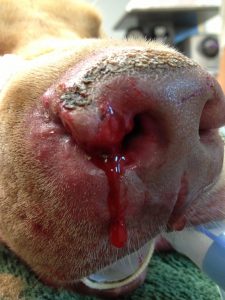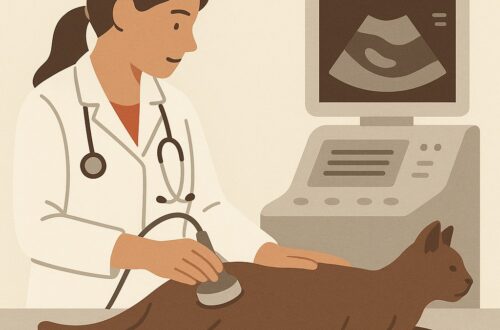When most folks think of infection, they think of bacteria. Yet not all infections are caused by bacteria. Many infections are caused by other infectious organisms, including fungi. If you live in certain parts of the United States, fungal infections are actually quite common. One of the more common fungal infections is called blastomycosis. This week, I’ve dedicated some time to disseminating some helpful information about this infection. Happy reading!
Blastomycosis – What is it?
Blastomycosis is a fungal infection caused by a fungus called Blastomyces dermatitidis. This fungus is predominantly found in North America while occurring only sporadically in Central America, Africa, India, and Europe. Within the terrestrial borders of North America, certain regions have a preponderance of the fungus, particularly the Mississippi, Ohio, Missouri, Tennessee, and St. Lawrence river valleys.

Blastomyces dermatitidis is found in two distinct forms – as yeast and mycelia. Mycelia are found in the environment; as they grow, mycelia form segments called conidia (also known as spores) that are ultimately inhaled by our pets. At body temperature, conidia transform and grow as yeast in the lungs, specifically terminal airways. After establishing an infection in the lungs, the fungus disseminates to other areas through blood and lymph vessels, particularly to the following regions/organs:
- Skin
- Eyes
- Bone
- Subcutaneous tissues
- Lymph nodes
- Nostrils (called nares)
- Brain
- Testicles
Blastomycosis – What does it look like?
Both dogs and cats may become infected with blastomycosis after 5-12 weeks of incubation.. In dogs, large breeds are more commonly affected than small breeds. Sporting breeds are over-represented, likely due to the fact they are brought to high-risk areas to hunt and work more frequently. Males are more frequently affected than females. In cats, there is no age, breed, or sex predilection.
Common clinical signs in dogs include:
- Reduced (or loss of) appetite
- Weight loss
- Cough
- Labored breathing
- Lameness
- Skin lesions
- Nasal discharge
- Eye changes
- Depression
Clinical signs are similar in cats. Breathing changes, skin lesions, vision changes, and weight loss are most commonly reported.

Blastomycosis – How is it diagnosed?
After gathering a complete medical history and performing a thorough physical examination, a veterinarian will recommend testing to confirm their clinical suspicion of blastomycosis. Testing may include:
- Complete blood count / biochemical profile / urinalysis
- Evaluation of cells from skin lesions (cytology and/or biopsy)
- Urine antigen testing
- Antibody screening
- Chest radiographs (x-rays)
- Abdominal sonography
- Airway sampling
Pet parents may find it helpful to partner with a board-certified veterinary internal medicine specialist to develop a cost-effective and logical treatment plan.
Blastomycosis – How is it treated?
Blastomycosis should be treated with an antifungal medication. Common drugs that may be prescribed include:
- Itraconazole
- Fluconazole
- Amphotericin B
Treatment is prolonged, often more than two months’ duration. In general, the prognosis for patients who are promptly and effectively treated is good. Dogs with central nervous system involvement typically die but treatment is occasionally successfully. Dogs with marked lung involvement carry a more guarded prognosis with 50% of dog succumbing to infection within the first week of treatment. Approximately 25% of dogs will experience a relapse after treatment. The relapse typically occurs within six months.
The take-away message about blastomycosis in dogs & cats…
Blastomycosis is a meaningful fungal infection in many parts of North America. Clinical signs reflect the organ(s) affected by infection, and may including coughing, appetite changes, skin lesions, and eye changes. With prompt identification and treatment, prognosis is good.
To find a board-certified veterinary internal medicine specialist, please visit the American College of Veterinary Internal Medicine.
Wishing you wet-nosed kisses,
CriticalCareDVM





